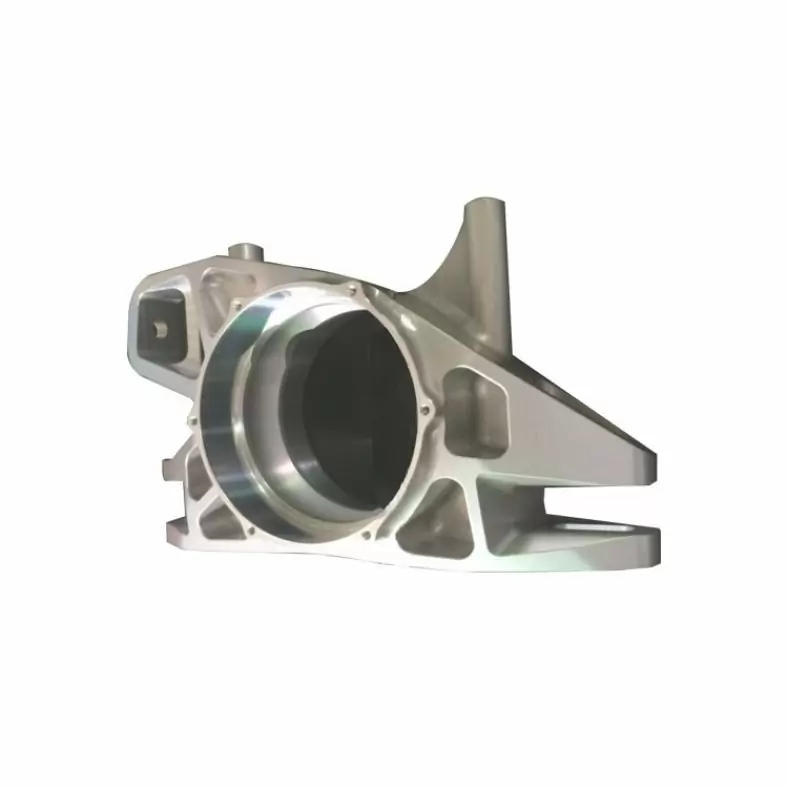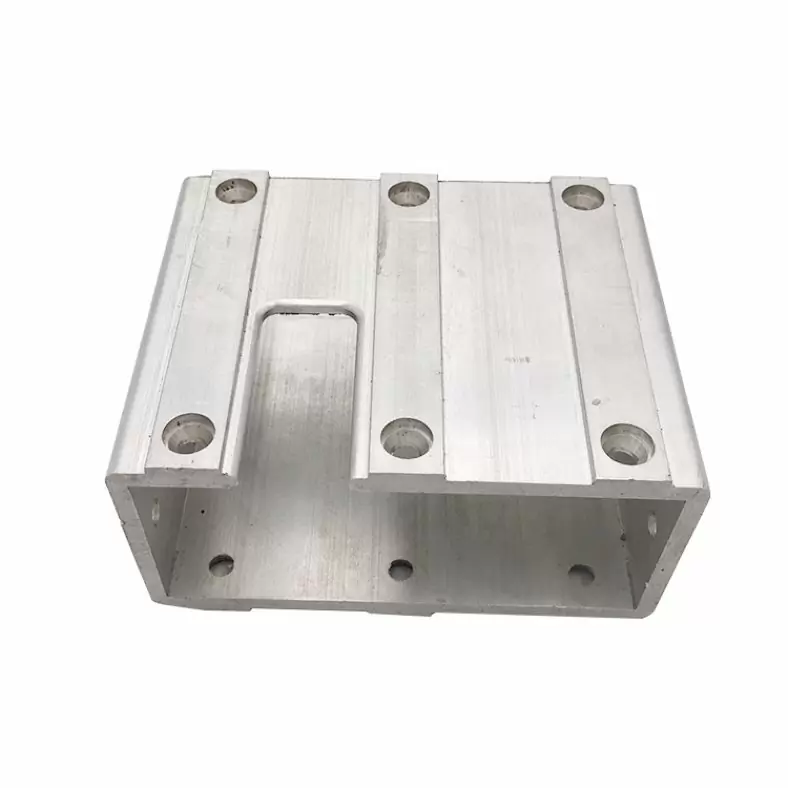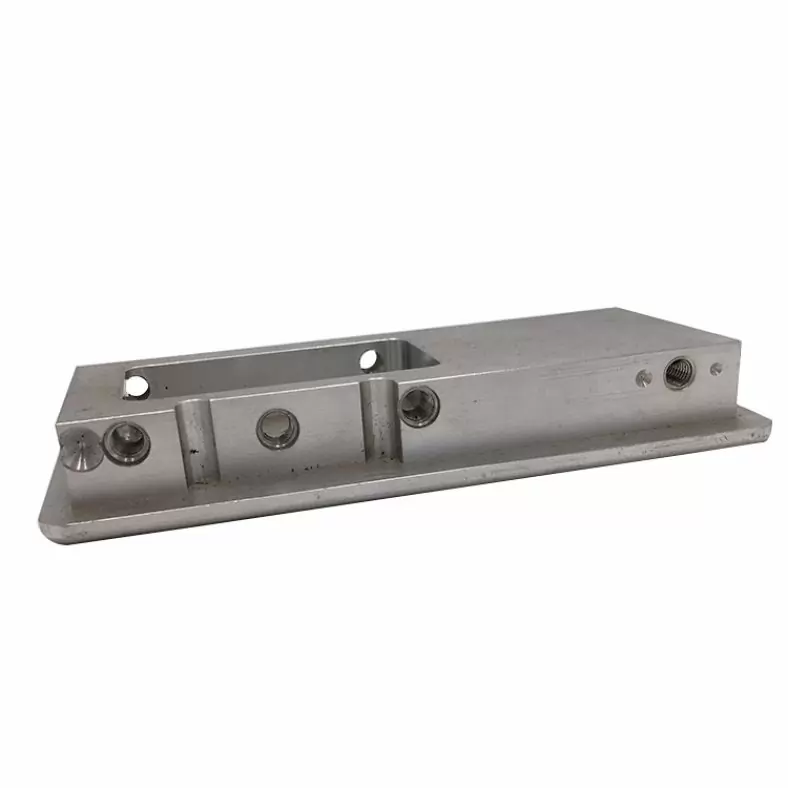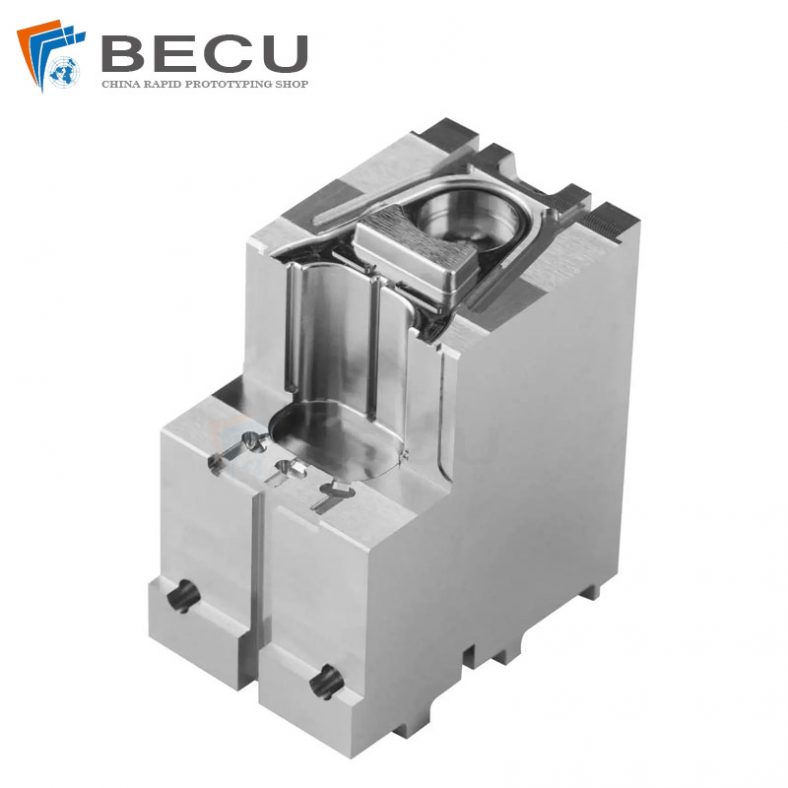CNC machining has revolutionized the manufacturing industry by enabling high-precision and efficient production processes. Among the many factors that influence the success of CNC machining operations, drill tip angle and helix angle play pivotal roles. This article delves into the intricate details of drill tip angle and helix angle, discussing their definitions, importance, effects on machining performance, and considerations for optimal results. By understanding these critical parameters, manufacturers can enhance their machining processes, leading to improved productivity and product quality.
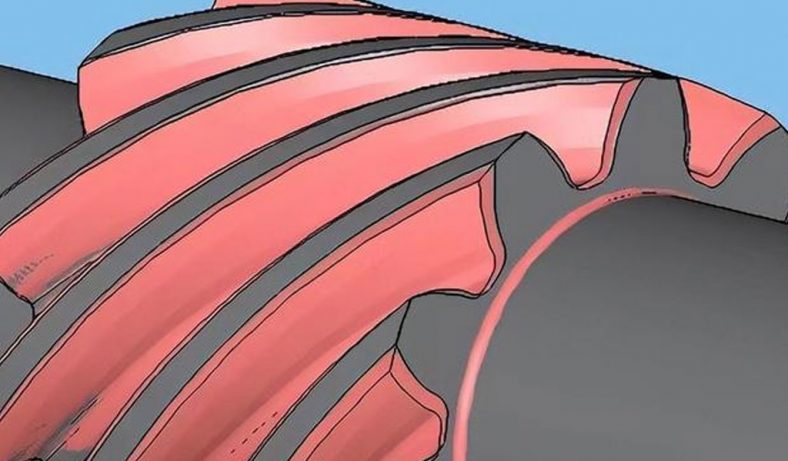
Exploring the Significance of Drill Tip Angle and Helix Angle in CNC Machining
CNC machining stands as the cornerstone of modern manufacturing, ushering in an era of unparalleled precision and efficiency in the creation of complex components. Within this realm of advanced technology, two seemingly modest parameters emerge as the unsung heroes of machining excellence: the drill tip angle and helix angle. These unassuming angles wield significant influence over the outcome of CNC machining processes, and this article embarks on a journey to uncover their depths.
The CNC Revolution
The manufacturing landscape has been forever transformed by Computer Numerical Control (CNC) machining. This technology has not only streamlined production processes but has also elevated the capabilities of manufacturers to craft intricate and accurate parts with unmatched consistency. From aerospace components to medical devices, CNC machining has become the bedrock of precision manufacturing.
The Subtle Influences: Drill Tip and Helix Angles
Amidst the array of parameters that shape CNC machining, the drill tip angle and helix angle emerge as quiet architects of success. These angles, often overlooked, hold the key to optimizing chip evacuation, enhancing cutting efficiency, and extending tool life. As we delve into the realm of these angles, a world of intricate subtleties and profound impacts is unveiled.
Exploring Drill Tip and Helix Angles
The purpose of this article is to unravel the intricacies surrounding drill tip and helix angles. This exploration will encompass not only their definitions and significance but also their roles in the machining process.
By delving into the effects they exert on chip formation, cutting forces, heat generation, and overall machining efficiency, we seek to provide a comprehensive understanding of their roles. Furthermore, practical applications and considerations for achieving optimal results in CNC machining will be elucidated.

As we navigate through the dimensions of drill tip and helix angles, the complex interplay between precision engineering and practical applications will become evident. By the end of this article, readers will gain insights that empower them to make informed decisions, unlocking new levels of machining excellence in the dynamic world of CNC manufacturing.
Drill Tip Angle: The Cutting Edge Precision
A. Definition and Explanation
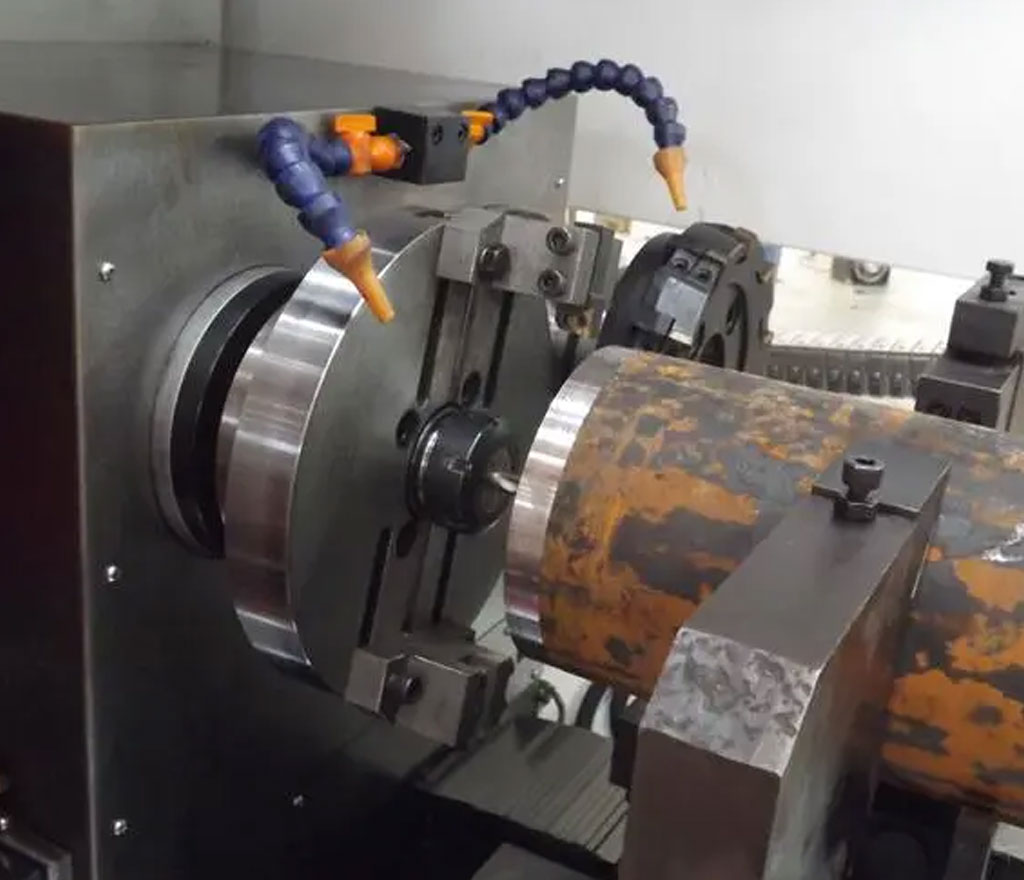
Definition of Drill Tip Angle (Point Angle)
The drill tip angle, also referred to as the point angle, is a fundamental parameter in the world of drilling. It defines the angle between the cutting edge of the drill bit and a line perpendicular to the tool’s axis. This seemingly simple angle plays a profound role in shaping the drilling process and the quality of the resultant hole.
Explanation of its Measurement and Components
Measuring the drill tip angle involves assessing the angular inclination of the drill’s primary cutting edges. This angle can be quantified using specialized tools or software, and it typically ranges between 90 and 140 degrees. The drill tip angle is influenced by various factors, including the type of material being drilled and the desired outcome of the machining process. In essence, this angle governs the initial interaction between the drill and the workpiece material, setting the stage for chip formation and material removal.
B. Importance of Drill Tip Angle
- Influence on Drilling Efficiency, Hole Quality, and Tool Life:The drill tip angle serves as a critical determinant of drilling efficiency, hole quality, and the longevity of the cutting tool. An optimal drill tip angle ensures that the cutting forces are well-distributed, preventing excessive tool wear and energy consumption. Additionally, it contributes to the creation of accurately sized holes with smooth surfaces.
- Introduction to Chip Formation, Cutting Forces, and Heat Generation:At the heart of the drill tip angle’s significance lies its role in chip formation, cutting forces, and heat generation. The way chips are formed during drilling is intricately tied to the drill tip angle, impacting factors such as chip thickness and shape. Moreover, the angle affects the distribution of axial and radial cutting forces, determining how the drill interacts with the workpiece material. Heat generation, which can lead to tool wear and material deformation, is also influenced by this angle.
C. Effects of Drill Tip Angle
- Chip Formation Dynamics The drill tip angle directly influences the dynamics of chip formation. A sharper angle tends to produce thicker chips, potentially impacting chip evacuation and leading to chip jamming. On the other hand, a larger angle generates thinner chips that are easier to evacuate.
- Impact on Cutting Forces The choice of drill tip angle has a substantial impact on the magnitude and distribution of cutting forces. A well-optimized angle can reduce these forces, enhancing tool life and preserving the integrity of the cutting edges.
- Tool Life and Wear Patterns The drill tip angle plays a pivotal role in determining how wear patterns develop on the cutting edges of the tool. An incorrect angle distribution can lead to uneven wear, reducing the tool’s lifespan and necessitating frequent replacements.
- Hole Quality and Surface Finish The angle also significantly affects the quality of the hole being drilled. An improper drill tip angle can result in deviations from the desired hole diameter, surface roughness, and overall hole quality.
D.Function of the Tip Angle
The tip angle, also known as the drill point angle or point angle, is a crucial parameter in cutting tools such as drills. It refers to the angle formed between the cutting edge of the tool and a line perpendicular to the tool’s axis. The tip angle plays a significant role in determining how the tool engages with the workpiece material during machining operations. Its function encompasses several key aspects:
- Initial Contact and Centering: The tip angle dictates how the cutting edge first makes contact with the workpiece material. A sharper point angle allows for a more aggressive entry into the material, aiding in the initial penetration and centering of the tool. This is particularly important in drilling operations where precise positioning and alignment are essential.
- Chip Formation: The geometry of the tip angle influences the way chips are formed as the tool removes material. A smaller tip angle can produce thicker chips, while a larger tip angle tends to create thinner chips. Proper chip formation is vital for efficient chip evacuation and preventing issues like chip jamming and recutting.
- Cutting Forces: The tip angle affects the distribution of cutting forces during machining. A well-designed tip angle can help distribute the cutting forces evenly across the cutting edges, reducing tool wear and energy consumption. Improperly balanced forces can lead to premature tool failure and poor surface finish.
- Heat Generation: As the cutting edge interacts with the workpiece material, friction generates heat. The tip angle influences the area of contact between the tool and the material, affecting the amount of heat generated. Heat can lead to tool wear, material deformation, and other machining-related issues.
- Tool Strength and Rigidity: The tip angle impacts the strength and rigidity of the cutting edges. A larger tip angle can provide more robust edges, enhancing the tool’s resistance to chipping and wear. On the other hand, a smaller tip angle may provide sharper edges but might be more susceptible to wear and breakage.
- Material Compatibility: Different materials have varying properties, including hardness and brittleness. The choice of tip angle can be adjusted to suit the material being machined. Softer materials may benefit from sharper angles for improved chip control, while harder materials might require larger angles to manage cutting forces effectively.
- Hole Quality: The tip angle influences the final hole quality in drilling operations. It affects parameters such as hole diameter accuracy, surface finish, and hole straightness. Choosing the right tip angle can contribute to achieving the desired hole characteristics.
The tip angle is not just a geometric feature; it’s a critical factor that affects the entire machining process. Its influence on chip formation, cutting forces, heat generation, and tool wear underscores its importance in achieving efficient and accurate machining outcomes. Properly selecting and optimizing the tip angle based on the material and machining conditions can lead to improved tool life, enhanced surface finish, and superior overall machining performance.
In the intricate dance of CNC machining, the drill tip angle stands as a conductor, orchestrating chip formation, cutting forces, and surface finish. This section has laid the groundwork for understanding the nuances of this angle’s significance and the effects it exerts on the machining process. In the subsequent sections, we will delve further into the depths of the drill tip angle, exploring its dynamic interaction with various parameters and its role in shaping the world of CNC machining.
Helix Angle: Spiraling into Machining Efficiency
A. Definition and Explanation
Definition of Helix Angle (Spiral Angle)
The helix angle, often referred to as the spiral angle, is a fundamental geometric property of cutting tools, particularly drills.
It is defined as the angle formed between the leading edge of a flute (or cutting edge) and an imaginary line perpendicular to the tool’s axis. This angle plays a crucial role in determining how the tool engages with the workpiece material during the machining process.
Linking the Helix Angle to Flute Orientation and Tool Axis
The helix angle is closely tied to the arrangement of flutes on a tool. As the tool rotates and advances into the material, the helix angle dictates the angle at which each flute’s cutting edge comes into contact with the material. This dynamic interaction is essential for chip formation, evacuation, and overall machining efficiency.
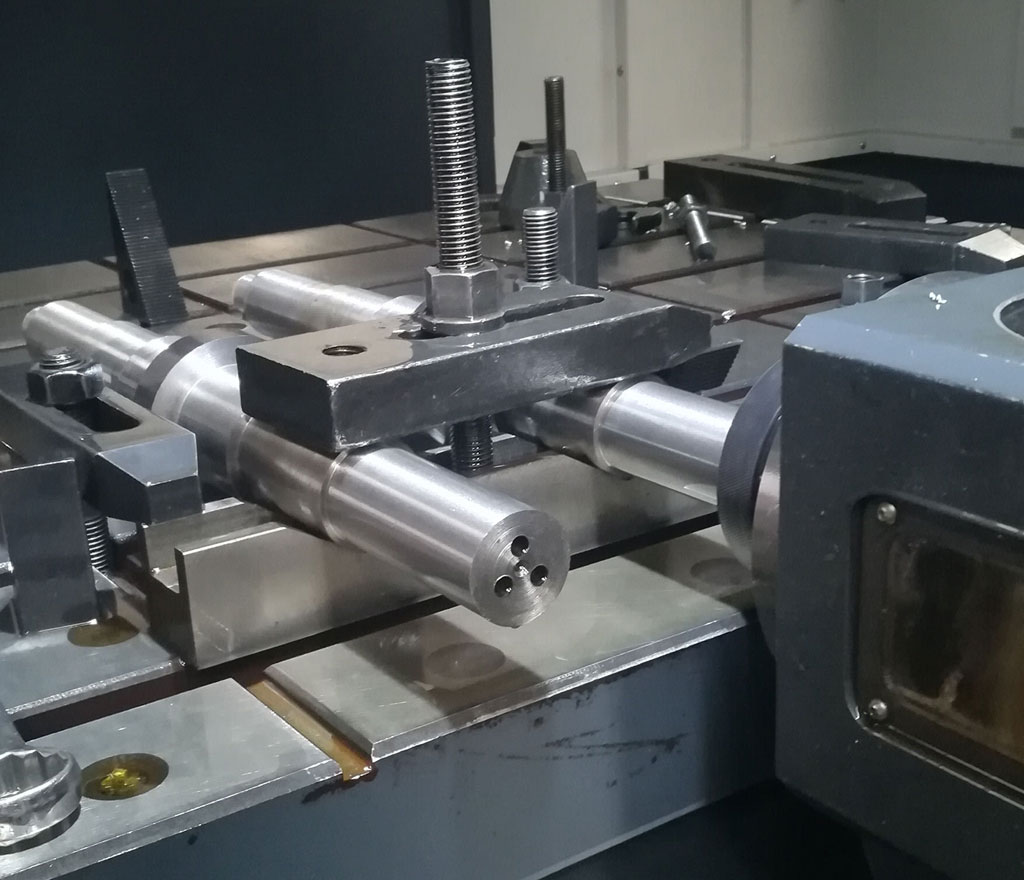
B. Importance of Helix Angle
Contribution to Chip Evacuation, Heat Dissipation, and Stability
The helix angle serves as a conduit for achieving efficient chip evacuation. Chips generated during the machining process need a clear pathway to exit the cutting zone. A proper helix angle creates the space necessary for chips to flow smoothly out of the hole, reducing the risk of recutting and preventing chip buildup that could lead to overheating.
Additionally, the helix angle plays a vital role in dissipating heat generated during cutting. As the tool engages with the material, friction generates heat. Effective chip evacuation, facilitated by the helix angle, helps carry away the heat, preventing the tool from reaching high temperatures that could accelerate wear.
Furthermore, the helix angle impacts the overall stability of the machining process. By influencing the tool’s engagement with the material, it can affect tool deflection, vibration, and ultimately, the surface integrity of the machined part.
Relationship between Helix Angle and Cutting Forces
The helix angle has a significant influence on the cutting forces experienced during machining. A higher helix angle often leads to reduced cutting forces due to smoother chip evacuation and decreased tool-material contact. Conversely, a lower helix angle might increase cutting forces but can also enhance the tool’s rigidity.
C. Effects of Helix Angle
Chip Evacuation and Preventing Recutting
Efficient chip evacuation is a paramount consideration in machining operations. The helix angle ensures that chips are effectively carried away from the cutting zone, minimizing the likelihood of recutting—a phenomenon that can lead to poor surface finish, increased cutting forces, and tool wear.
Heat Dissipation and Tool Longevity
Heat generation is an inevitable byproduct of the cutting process. The helix angle plays a role in heat dissipation by aiding in the timely removal of chips, which carry away excess heat. Effective heat management contributes to prolonged tool life and reduced wear.
Cutting Stability and Surface Integrity
The helix angle influences the stability of the tool during cutting. A balanced helix angle can mitigate tool deflection and vibration, ensuring stable cutting conditions. This stability contributes to improved surface finish and dimensional accuracy of the machined part.
The exploration of the helix angle reveals its multifaceted role in achieving efficient chip evacuation, managing heat, and maintaining cutting stability. This section sets the stage for a deeper understanding of how the helix angle interacts with other factors in CNC machining to yield optimal results. In the subsequent sections, we will delve into the practical implications of these insights and how they can be harnessed for precision machining outcomes.
Drill Components Beyond Helix and Tip Angles
A drill is a complex tool with several components beyond the helix and tip angles. Each component plays a unique role in the drilling process, contributing to factors like cutting efficiency, tool life, chip evacuation, and hole quality. Here are some of the key components of a drill:
- Flutes: Flutes are the spiral-shaped grooves that run along the length of the drill. They provide pathways for chip evacuation as the tool cuts into the material. The flute design impacts chip size, shape, and evacuation efficiency. The number of flutes can also affect rigidity and cutting forces.
- Flute Length: The flute length is the portion of the drill that contains the flutes. Longer flutes offer more space for chip evacuation, especially in deep-hole drilling, while shorter flutes might be suitable for shallower holes.
- Shank: The shank is the non-cutting portion of the drill that is gripped by the tool holder or chuck. It provides the interface between the drill and the machine spindle. The shank’s design and dimensions influence the tool’s stability and compatibility with different types of tool holders.
- Body Diameter: The body diameter refers to the main cylindrical part of the drill, excluding the cutting edges. It affects the size of the hole being drilled and plays a role in chip evacuation. Smaller body diameters might be used for precision drilling, while larger diameters are suitable for more substantial holes.
- Web Thickness: The web is the central portion between the flutes. The web thickness affects the drill’s strength and rigidity. Thicker webs provide greater stability, especially in deep drilling, while thinner webs reduce cutting forces and friction.
- Chisel Edge: The chisel edge is the end of the drill that first contacts the workpiece material. It initiates the cutting process and aids in centering the drill. The chisel edge geometry influences the tool’s stability during the initial stages of drilling.
- Margin: The margin is the land area between the flutes and the drill’s outer diameter. It provides additional support to the cutting edges and affects chip evacuation. Proper margin design prevents rubbing and enhances chip flow.
- Coolant Channels: Many modern drills include coolant channels that allow for the delivery of cutting fluid to the cutting zone. This helps in cooling the tool, reducing heat generation, and enhancing chip evacuation. Coolant channels also contribute to extending tool life.
- Coatings: Coatings are applied to the drill’s surface to reduce friction, enhance wear resistance, and prevent material buildup on the cutting edges. Different coatings are tailored to specific materials and machining conditions.
- Point Style: There are various point styles, such as standard, split point, and pilot point. Each style has a unique geometry that affects the drill’s ability to start cutting, reduces walking, and improves accuracy.
- Margin Relief: Margin relief refers to the chamfered or rounded edge on the margin’s outer surface. It prevents the margin from rubbing against the workpiece, reducing friction and heat generation.
- Helix Flute Geometry: Beyond the helix angle, the flute’s geometry, including its spiral rate, influences chip evacuation efficiency, cutting forces, and tool stability.
A drill’s performance is influenced by a combination of factors, including the helix and tip angles, as well as other design elements. Understanding and optimizing these components allow manufacturers to tailor the drill to specific materials, machining conditions, and desired outcomes, ultimately leading to improved machining efficiency, tool life, and hole quality.
Optimal Utilization: Balancing Drill Tip and Helix Angles
A. Considerations for Balancing Angles
Material Hardness and Compatibility
The journey towards achieving machining excellence demands a meticulous consideration of the workpiece material’s hardness and compatibility. Different materials require distinct drill tip and helix angles to ensure efficient chip formation, evacuation, and minimal tool wear. Soft materials may necessitate sharper drill tip angles for enhanced chip control, while harder materials might benefit from larger angles to manage cutting forces effectively.
Cutting Conditions: Speed, Feed, and Depth
The orchestration of cutting conditions—cutting speed, feed rate, and depth of cut—is a delicate balance that directly interacts with drill tip and helix angles. As cutting conditions change, the angles must be adjusted to maintain optimal chip formation, evacuation, and cutting forces. Finding this equilibrium is essential to prevent issues such as tool breakage, overheating, and poor hole quality.
Role of Tool Coatings and Friction
Tool coatings play a pivotal role in the frictional interaction between the cutting tool and the workpiece material. The choice of coating can influence heat generation, chip evacuation, and overall tool life. A reduced coefficient of friction can minimize heat buildup, allowing for more efficient chip evacuation and prolonged tool longevity. This consideration adds a layer of complexity to the determination of suitable drill tip and helix angles.
Tool Geometry and Flute Design
The geometrical aspects of the cutting tool, including the number of flutes, flute design, and overall tool geometry, intertwine with drill tip and helix angles. A tool’s geometry affects chip formation, evacuation, and cutting stability. The number and shape of flutes influence how chips are produced and transported away from the cutting zone. Consequently, selecting the appropriate drill tip and helix angles is closely linked to optimizing tool geometry for specific machining scenarios.
Impact of Workpiece Attributes
The attributes of the workpiece, such as its size, shape, and material properties, cast their own shadows on the interplay between drill tip and helix angles. The geometry and size of the workpiece can affect how the tool engages with the material, influencing chip evacuation and overall cutting efficiency. Material properties, including hardness and ductility, dictate the ideal range of angles for achieving optimal machining outcomes.
B. Achieving the Perfect Harmony
Finding the Right Drill Tip Angle
Selecting the appropriate drill tip angle requires a meticulous evaluation of the factors discussed above. An optimal drill tip angle strikes a balance between chip control, cutting forces, and hole quality. Achieving this balance translates to increased tool life, reduced energy consumption, and superior surface finish.
Fine-Tuning Helix Angle for Efficiency
Fine-tuning the helix angle is a delicate process that involves aligning chip evacuation, heat dissipation, and cutting stability. A well-calibrated helix angle ensures smooth chip flow, effective heat management, and stable cutting conditions, thereby contributing to the overall success of the machining process.
Interplay of Factors for Superior Machining
Ultimately, machining excellence is born from the harmonious interplay of factors—material attributes, cutting conditions, tool coatings, tool geometry, and workpiece considerations. A holistic approach that takes all these factors into account enables manufacturers to achieve consistent and optimal results in CNC machining.
In the next sections, we will explore real-world scenarios through case studies, showcasing how the careful consideration of drill tip and helix angles, along with their interactions with other parameters, can lead to tangible improvements in machining efficiency, tool life, and product quality.
Real-world Insights: Case Studies
A. Case Study 1: Impact of Drill Tip and Helix Angles on Tool Wear
Description of the Case Study Scenario
In this case study, we delve into a machining scenario involving the drilling of a challenging material—a high-strength alloy. The focus is on the influence of drill tip and helix angles on tool wear and lifespan. The material’s hardness and characteristics necessitate a keen understanding of how these angles can be optimized to achieve extended tool life and maintain consistent machining performance.
Analyzing Angle Adjustments and Tool Wear
Detailed observations of tool wear and wear patterns are presented in relation to varying drill tip and helix angles. The case study examines how adjustments to these angles impact the distribution of wear along the cutting edges and the overall performance of the tool. Insights are drawn from the wear characteristics, offering valuable lessons on balancing angles to mitigate wear and enhance tool longevity.
B. Case Study 2: Precision Hole Drilling with Optimal Helix Angle
Outlining the Experiment and Goals
In this case study, the focus shifts to precision hole drilling in a critical aerospace component. The experiment aims to elucidate the significance of the helix angle in achieving optimal hole quality. The component’s intricate geometry and strict tolerances underscore the importance of a well-calibrated helix angle in producing holes that meet the stringent specifications.
Discussing the Relationship between Helix Angle and Hole Quality
The case study’s results showcase the profound influence of the helix angle on hole quality parameters such as diameter accuracy, surface finish, and straightness. Detailed analyses and visual representations highlight how a fine-tuned helix angle can result in holes that adhere to the desired specifications. Insights into chip evacuation, heat management, and cutting stability further underscore the role of the helix angle in shaping hole quality.
Through these case studies, the real-world implications of drill tip and helix angles come to life. Practical scenarios demonstrate how the careful adjustment of these angles can lead to tangible improvements in machining outcomes. These insights reinforce the importance of a nuanced understanding of these angles and their interactions with other parameters, allowing manufacturers to make informed decisions for optimizing their CNC machining processes.
In the final section, we will synthesize the information presented throughout the article and conclude by emphasizing the pivotal roles that drill tip and helix angles play in achieving precision and excellence in CNC machining.
Conclusion: Precision Redefined in CNC Machining
As we draw the curtain on this exploration into the world of CNC machining, the significance of drill tip and helix angles emerges as a pivotal theme that cannot be overstated. These seemingly modest angles, often relegated to the background, wield unparalleled influence over the intricacies of the machining process. This conclusion encapsulates the journey we’ve undertaken, reinforcing the importance of these angles and urging manufacturers to harness this knowledge for elevated precision and excellence.
Recap of the Importance of Drill Tip and Helix Angles
Throughout this comprehensive journey, we’ve delved into the core definitions, mechanics, and implications of both drill tip and helix angles. These angles, in their subtlety, form the bedrock of CNC machining success. The drill tip angle’s orchestration of chip formation, cutting forces, and hole quality, alongside the helix angle’s role in chip evacuation, heat dissipation, and stability, reveal their paramount importance.
Shaping Machining Efficiency, Accuracy, and Tool Life
The symphony of CNC machining hinges on precision, efficiency, and durability. Drill tip and helix angles contribute harmoniously to this symphony, orchestrating chip evacuation, managing heat, and dictating the stability of the machining process. Their ability to shape cutting forces, surface finish, and tool life further amplifies their impact on overall machining outcomes.
Leverage Knowledge for Improved CNC Machining
As manufacturers traverse the realm of CNC machining, the insights gained from this exploration become tools in their arsenal for enhanced productivity and product quality. The knowledge acquired about balancing drill tip and helix angles with material attributes, cutting conditions, tool coatings, geometry, and workpiece considerations empowers manufacturers to achieve consistent and optimal results.
In conclusion, the journey through the intricacies of drill tip and helix angles brings to light the significance of precision in the world of CNC machining. It is a world where subtle adjustments in angles can have profound effects on efficiency, accuracy, and tool longevity. As the manufacturing landscape continues to evolve, the understanding of these angles stands as a testament to the fusion of technology and artistry that defines modern manufacturing.
Manufacturers are encouraged to embrace this understanding and infuse it into their practices, achieving precision that transcends the ordinary. The roles of drill tip and helix angles, unveiled in this article, extend an invitation to redefine precision, craftmanship, and excellence in CNC machining.


